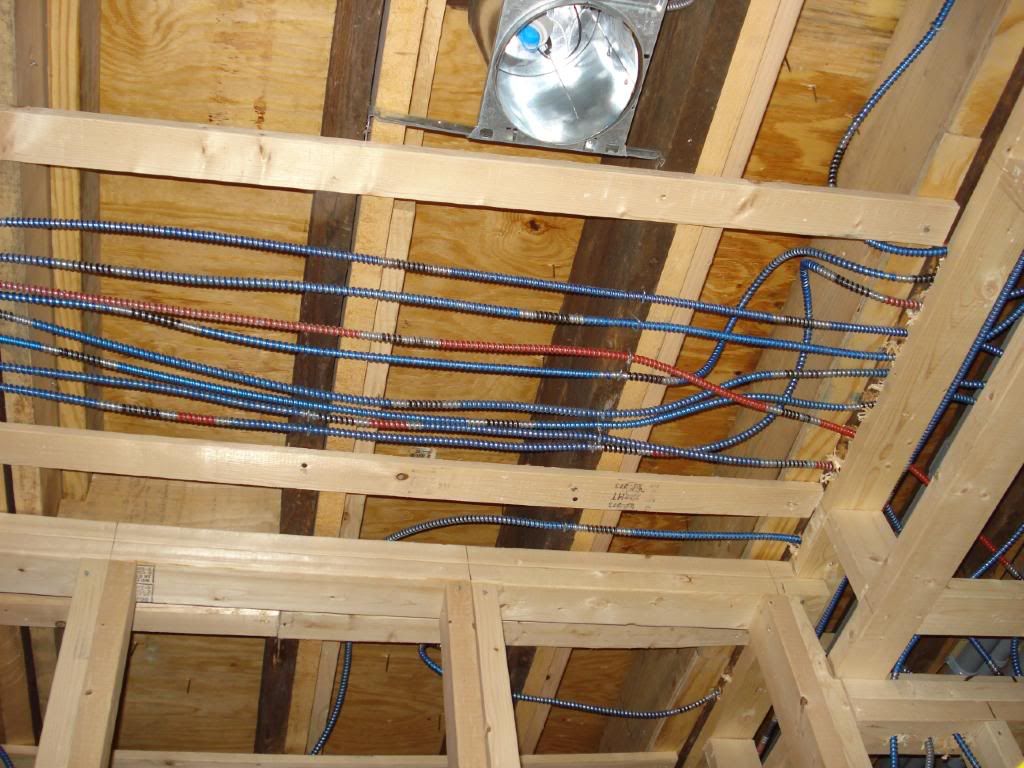- Location
- Massachusetts
Re: Wiring between strapping
Great Picture Wayne.
Great Picture Wayne.
I do.IMHO to me 300.4 d was instituted while it was ok to staple nm to a furring strip !!!!!How many remember that???
LMAO!!!Originally posted by iwire:
I know Ryan will love this.
Yeah I knowOriginally posted by ryan_618:
LMAO!!!
As you know, I DO NOT like state amendments, on principal.
Our fine state has forever had their own amendments many of which have made their way into the NEC over the years. This last code cycle saw the fewest Mass amendments yet. Does this make us any better then the rest of the world? I don't know. What I do know from participating in these forums is that I would rather see the state taking matters such as electrical licensing and code enforcement seriously. It seems too many places are severely lacking in this area.As you know, I DO NOT like state amendments, on principal
This creates a 3/4? channel below the ceiling joists that some electricians use as a chase during the rough to run their wires and avoid the time necessary for drilling. I personally do not like this method as I feel it is not safe.
Great.
If it is OK for MA to ignore 300.4(D), then maybe we
should start a thread about other code sections we
can safely ignore.
Such as, why I have to put in a feeder with 4-10X the
ampacity as the utility does... what does this accomplish?
(nothing)
The likely real reason:
Apparently, the Carpenters Union had more pull in MA
than the NEC, so we can ignore the NEC. To quote
Spartacus, "So it is it written, so let it be done."
Jeesh.
FWIW, this thread is 5 years old. :wink:
FWIW, this thread is 5 years old. :wink:


